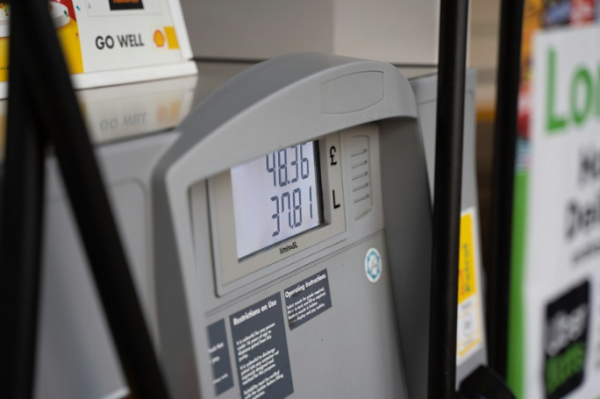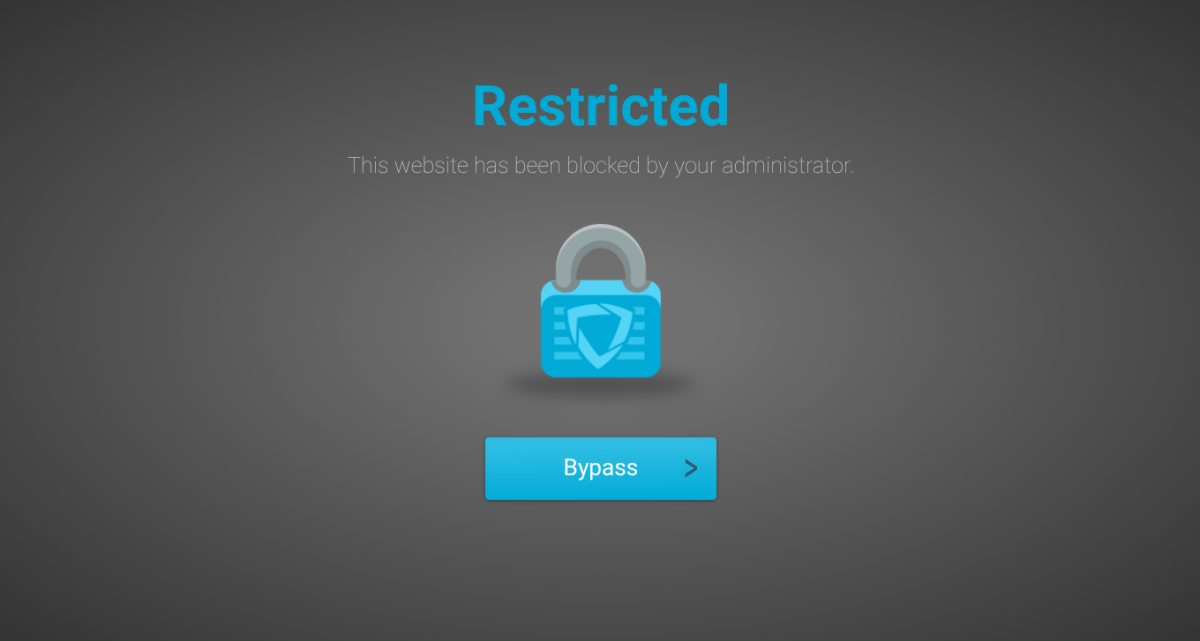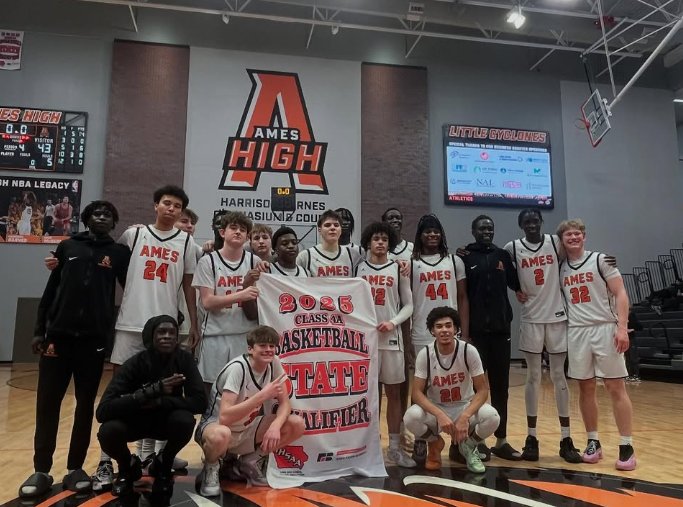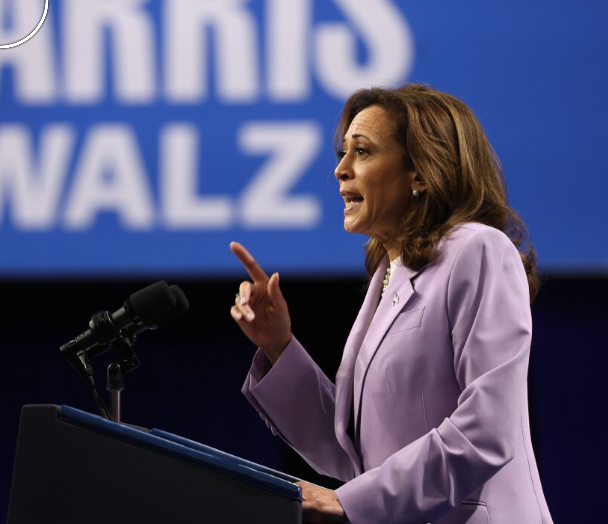In the early hours of Wednesday morning, Vice President Harris suffered a devastating loss to former President Donald Trump. The margins were not close. Contrary to the neck-in-neck race polling portrayed prior to the election, Trump won the popular vote by nearly five million votes and was victorious in every swing state. Unlike in 2016 when Trump lost the popular vote to Hillary Clinton, there was no question that an overwhelming majority of Americans wanted him back in office. So, what were the flaws in the Harris campaign that propelled Trump to the White House? How did a campaign that seemed so smooth on the surface and a candidate that lacked major controversy still manage to fail miserably?
The Democrats’ Failure
Let’s begin at the root of the problem. For years now the Democratic Party has been accused of being out of touch. They have increasingly lost their traditional appeal with working-class Americans and have shifted to become a party that appeals to white, upper-class, educated Americans.
Following Harris’ defeat Vermont Senator Bernie Sanders slammed the Democratic party for its desertion of the working class. “It should come as no great surprise that a Democratic Party which has abandoned working class people would find that the working class has abandoned them,” Sanders wrote in a statement shared on Instagram. In 2020 Biden won primarily because of the pandemic. Trump dug his own political grave during his chaotic response to COVID-19 that resulted in the avoidable deaths of millions of Americans and inspired division in a time that required unity. Voters of all classes flocked to Biden because they sought stability and unity during what had been a tumultuous term. But there was no political grave this time– and if there was, Biden was digging one for Harris to jump in. Sanders wrote in his announcement that, “Today, while the rich are doing phenomenally well, 60% of Americans live paycheck to paycheck.” The Democratic party has strayed from its more progressive policies of using government power to promote equality, and it has alienated its most important voters as a result.
Biden’s Shadow
Typically incumbency is a blessing. A sitting president has name recognition, fundraising advantages, and voters are more comfortable voting for someone they know. Biden’s incumbency, however, was not looked at favorably. His infrastructure act and economic progress was overshadowed by his failures in Afghanistan and higher than pre-pandemic prices. Harris was also a different kind of incumbent. Her campaign chose largely not to distance itself from Biden’s policies. When asked in early October in an appearance on The View if she would have done anything differently from Biden during her time at the White House, Harris said, “There’s not a thing that comes to mind.” So Harris brought Biden’s failures with her, except as vice president she had no power to change these policies. As much as the Harris campaign tried to create distance between Harris and Biden while running a similar platform, voters saw Harris as an extension of Biden.
This opened a door for the Trump campaign to exacerbate this. Trump himself executed this poorly; his focus, as it has always been, was on sensationalism. He peddled conspiracy theories and catapulted racist and sexist attacks against Harris and members of the Democratic party instead of discussing actual policy. However, his campaign hit the mark. In attack ads using Harris’ clip from The View, the Trump campaign presented voters with Ronald Reagan’s age-old question: “Are you better off now than you were four years ago?” It worked, and voters were retrospective this election cycle. Exit polls on election day indicated that over 70% of voters were unhappy with how “things [were] going” in the U.S., and it showed on their ballots. At the end of the day, voters wanted change, and Harris failed to show them something new.
The Economy
The economy was an issue that appealed largely to Republican voters. However, Democrats misread how important economic issues were to their base. Biden, who became president almost a year after the onset of the pandemic, inherited a country that had shut down and whose economy was struggling. As the U.S. began to revive itself, including its consumer spending, there was not enough supply to meet the demand, and naturally prices rose. Biden could not control inflation, but the American public needed a more tangible scapegoat than basic economic principles, and so Biden became an outlet for their anger. Biden’s shadow hung ominously, and because Harris was unable to distance herself from him, it followed her.

Although Biden succeeded in at least partially reviving the economy—unemployment is low, inflation is down, and wages have increased—voters still felt dissatisfied with prices that were higher than they were during the pandemic and an inability to find affordable housing. When the Federal Reserve raised interest rates to cool inflation, they also made it more expensive to take on mortgages and other loans. For working-class voters, the economy was a key voting issue. They were the ones most directly affected by economic proposals and changes to the economy.
Harris’ campaign understood this. They drafted plans to construct over three million new housing units during her first term, create more fair rental agreements, and proposed $25,000 down payments to support first-time homeowners. Most economists said Harris’ plan would benefit everyday Americans more than Trump’s agenda. But voters could not vote for a plan they did not know about. Harris’ economic plans became lost amidst calls for democracy and reproductive rights. Near election day the Harris campaign had become a platform focused primarily on preserving American freedom by guaranteeing reproductive rights and the threat Donald Trump posed to America. Then there was the fact too that once again, Biden’s shadow loomed. Voters tied Harris to Biden and inevitably did not trust that Harris was capable of actual economic change despite serving in the Biden administration.
Palestine
Both Biden and Harris drastically underestimated the cost of their foreign policy in the Middle East. Biden’s choice to fund Israel and in turn the killing of tens of thousands and displacement of nearly two million Palestinians left many progressive voters enraged. Harris, in line with much of her campaign, chose to take a moderate approach to the conflict. In her speech at the Democratic National Convention (DNC), Harris supported a two-state solution. She stated that she would always defend Israel’s right to defend itself but that the suffering endured by the Palestinian people could not continue.
But at the DNC Harris also chose not to allow a speech given by Palestinian-American and Democratic member of the Georgia House of Representatives, Ruwa Romman. This decision was made despite the fact that Romman’s speech called primarily for a ceasefire and recognized the plight of Israeli hostages. The Harris campaign believed that these enraged, traditionally progressive voters who carried Biden to victory in 2020, were guaranteed. Instead, the campaign was focused primarily on independents, moderates, and Republicans who were unsatisfied with Trump. So Harris aligned herself with Republican Liz Cheney, a staunch conservative who has been outspoken against Trump, took a tough stance on immigration, went back on previous statements about cutting fracking, and prided herself in being a gun owner.
The Harris campaign betted that when forced to choose between her and Trump, traditionally progressive voters upset with Biden’s policies would see her as the only viable candidate.

Instead, the Harris campaign alienated part of their base. Across the country voters in key states voted for third parties or chose to vote for Trump. Harris was 10 million votes short of Biden’s 2020 total. In Dearborn, Michigan, hailed as the “Arab-American Capital,” of the United States, Harris lost 22,000 votes to Trump. But third-party voters and Arab-Americans who voted for Trump did not lose Harris the election. Perhaps voicing greater support for Palestine and taking on a more liberal stance would have won Harris Michigan and more of the popular vote, but it would never have been enough to reach the working-class voters in Pennsylvania and Wisconsin that Harris needed.
She Was a Woman of Color
The question remains, did Harris ever have a chance? From some aspects, her campaign was flawless. She followed Obama’s strategy in 2008 and did not make her race and historic run a focal point of her campaign. Unlike Hillary Clinton in 2016 Harris also rarely mentioned her gender, instead she refused to respond to Trump’s racist and sexist remarks and allow them to take center stage.
Harris did everything in her power not to allow her gender and her race to define her campaign. She appealed to moderates with an overtly centrist campaign. She appealed to women with her calls for reproductive freedom. She appealed to African-American and Latino men by campaigning for small business loans. Yet, on election day, each of these groups shifted to the right.
Had her campaign focused more on the economy and working-class Americans, perhaps she would have had a better chance. But at the end of the day, Harris was pit against a white male, a white male who questioned her racial identity and hurled racially charged insults at her during his rallies. Perhaps the truth is that America was not ready to elect a woman of color as president. Perhaps, for Harris, this election was unwinnable after all.























